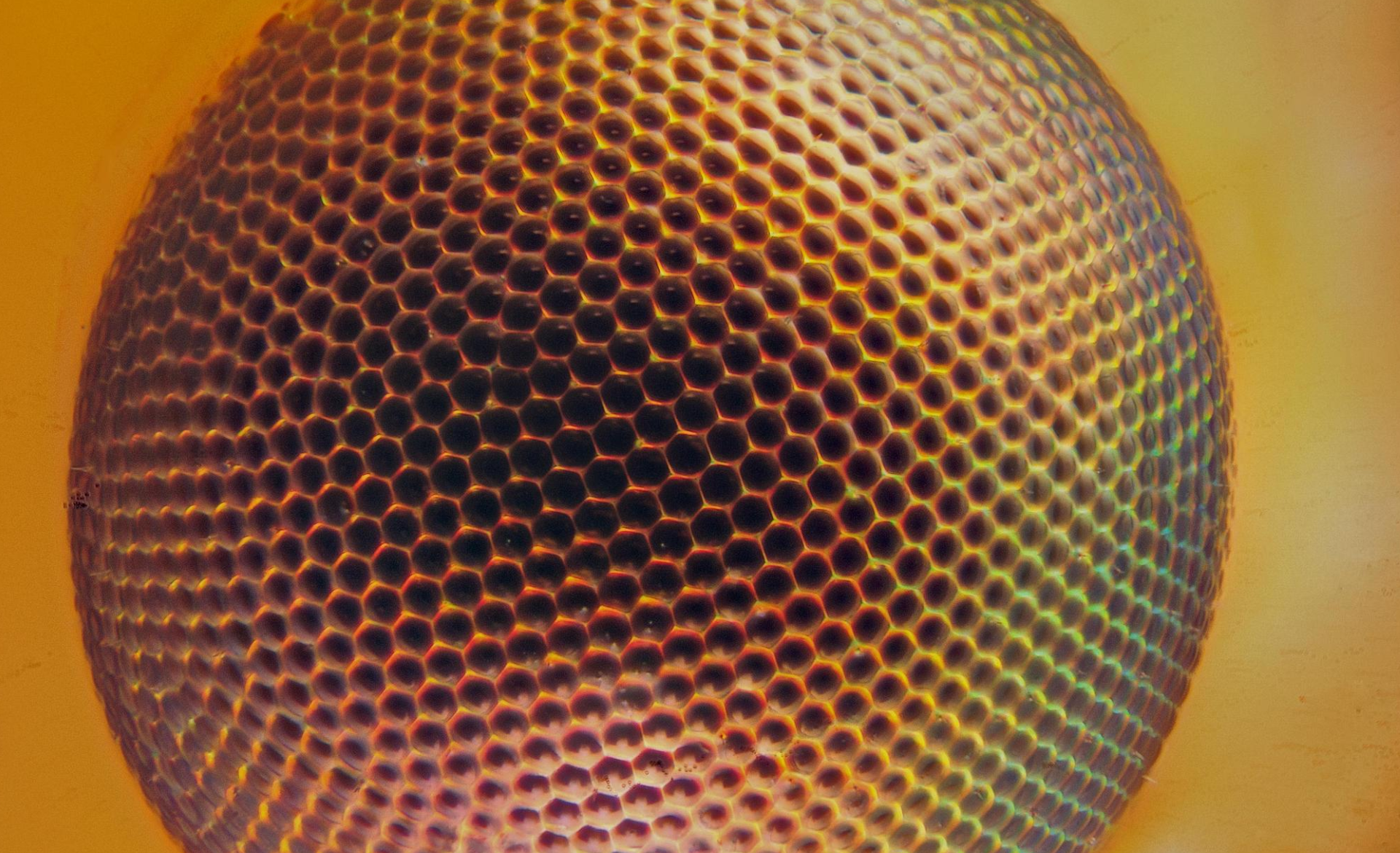
Researchers from the University of Shanghai for Science and Technology and Duke University have made a major breakthrough in bionic vision, inspired by insect compound eyes. Published in Science Advances, the team developed a compact, 0.8-cubic-centimeter system that delivers megapixel-level, full-color, ultra-wide-field (165°×360°) high-resolution imaging—overcoming past limits of blurry images caused by complex 3D structures.
Using deep learning, the system can reconstruct panoramic images, recognize and track multiple objects, and even perform 3D tracking. This allows bionic vision not just to “see” but also to “understand” its environment.
Experts highlight this as an innovative fusion of bionics and artificial intelligence, with promising applications in micro drones, medical endoscopy, environmental monitoring, and intelligent security. The team is continuing to refine the technology for use in high-end instruments.
Credit : CGTN